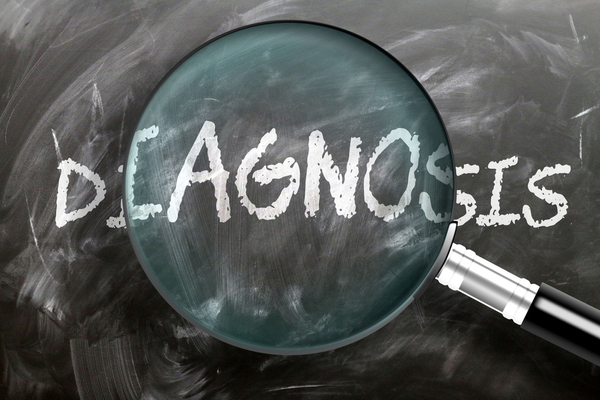- Symptoms:
- Include bleeding and split tissue after injury with sharp object, pain and bruising are common
- Importance of diagnosis:
- Can reduce risk of infection, blood loss, poor healing and worse long-term cosmetic appearance with prompt care
- Treatment:
- Often can be initiated at urgent care with stitches, steri-strips or referral if necessary
What is a Laceration?
A laceration is similar to a cut, except that it can be much deeper and involve other soft tissues below the skin. Lacerations usually present with pain, bruising, or bleeding and a possible “foreign body” or object lodged in the laceration which may be obvious or not. Sometimes imaging is needed to determine if a foreign body is present.
Why Should You Get Treated at an Urgent Care Center?
A large ER waiting room with many people is not a desirable location when you have a simple laceration. This is why going to your closest walk-in center is a better choice. Often the copays are cheaper and the wait times are shorter.
Symptoms
- Bleeding and split tissue after contact with a sharp object
- Pain
- Bruising
- Swelling
- Numbness around the area
Diagnosis
Your healthcare provider will examine the open area and determine which treatment option is best and whether or not any diagnostic testing is necessary. In some severe cases, you may have to have an x-ray or a CT scan to see if there are any foreign objects that have been embedded deep into the wound. Diagnosis is important because they need to be able to see the extent of damage that has occurred so the proper treatment course is applied.
The object that caused the injury is important to ascertain the infection risk and thorough cleaning of the area is very important prior to closure. Dog bites, certain metals and vegetative matter (trees, shrubs) are particularly at increased risk for infection. Your doctor will likely confirm your vaccination history or consider giving you a vaccination if necessary including a tetanus shot or rabies vaccine if any questions arise.
A delay in closure increases the risk of infection, blood loss and a poor cosmetic outcome (meaning the long term appearance of the area after it has healed). Also those individuals on any blood thinners, which even includes aspirin, motrin, certain supplements and vitamins, coumadin, plavix and many others, may have more significant blood loss. Your doctor should be made aware of any of these concerns.
Treatment Options
There are a variety of treatment options available to treat a laceration to skin and soft tissue. After your provider has diagnosed the level of damage done to the skin, they will usually clean the area to remove any debris that may have collected inside of the wound. They will numb the area for your comfort during the procedure. The actual closure of the wound might be done with steri strips, stitches (possibly in multiple layers), medical glue, or staples. The choice made by the urgent care is based on the patient, appearance of and location of the wound. Things your doctor may consider are areas prone to bending or bleeding may require stronger repair. Glue or steri strips may be best for children to avoid sedation. If the injury is severe, or very large, involves a large foreign body, compromises blood vessels or nerves or involves a broken bone, you may be sent to a hospital for additional medical attention.
The Takeaway
For non-life-threatening cuts or lacerations, visiting an urgent care clinic is a great choice. Patients will benefit from the shorter wait times, the lower costs, and can go about their day without losing too much time. Time is of the essence in order to prevent a poor outcome after a laceration.




